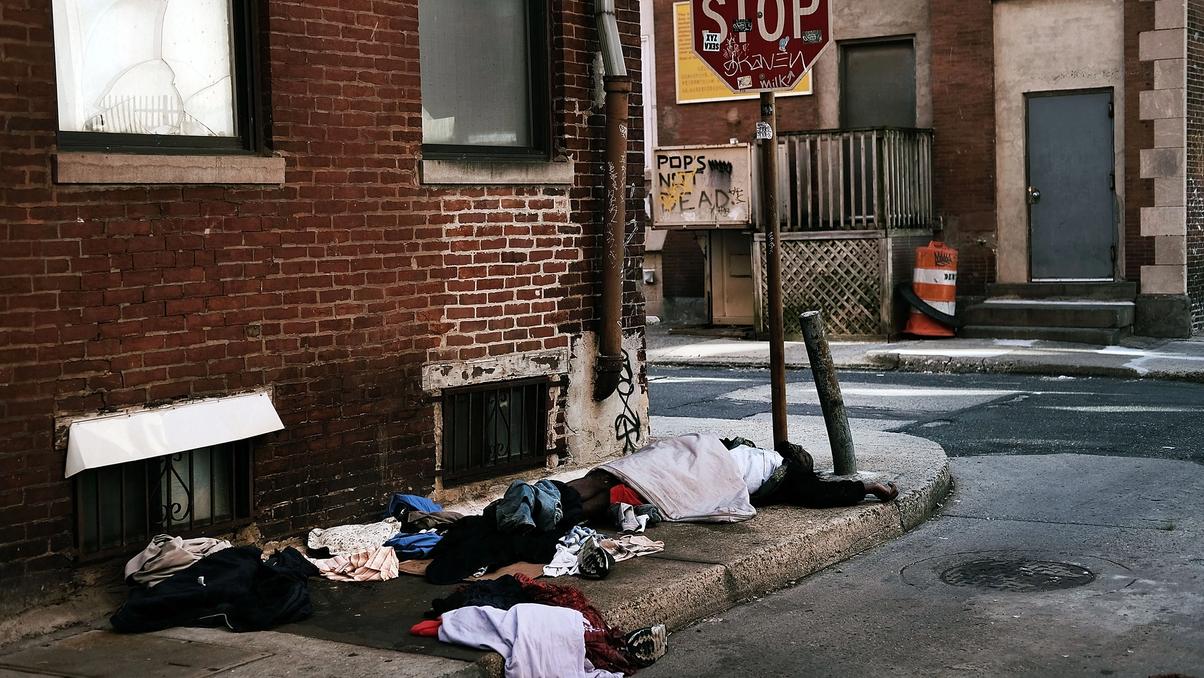Experts Say America’s Poverty Rate Is Improving … But Is It Really?
There are a few reasons it's such a tricky statistic to track. Photo by Spencer Platt/Getty Images
Photo by Spencer Platt/Getty Images
News that is entertaining to read
Subscribe for free to get more stories like this directly to your inboxIt might seem as if there is less poverty in the United States compared to previous generations — and that even the poorest Americans are living better than their counterparts 50 years ago.
According to Princeton University sociologist Matthew Desmond, however, there are a lot of factors at play that can make it difficult to gauge the true scope of the problem.
Let’s explore a few of his main points.
Poverty is hard to define
The federal government’s Official Poverty Measure indicates that, with the exception of Hawaii and Alaska, the poverty level for a family of four is $30,000 in annual income. Of course, there’s plenty of room for confusion — for example:
- The cost of living varies widely across the United States.
- It’s not clear exactly what constitutes income.
The Census Bureau also compiles a Supplemental Poverty Measure that seeks to address these issues, but Desmond says it still doesn’t offer a comprehensive view.
The government’s unclear role
Although there are many types of government benefits for poor Americans that didn’t exist decades ago, a lot of families in need fall through the cracks each year. That’s not to say they aren’t helpful on a broad scale, though.
As Desmond argues, the poverty rate seems to have remained relatively consistent over the past half-century, but it would have gotten increasingly worse of not for government programs designed to help.
Putting it all into perspective
One problem associated with determining whether poverty is getting better or worse is the rift between “absolute” and “relative” poverty. Too many metrics focus only on how much money a household makes adjusted for inflation.
That’s known as the absolute poverty rate and doesn’t take into consideration predatory loans, bank overdraft fees, rising healthcare costs, and other things that can keep low-income Americans from advancing.
 Why Is The Aging Voyager 1 Probe Sending Back Incoherent Communications?
It's been speaking gibberish for a few months and officials are concerned.
Why Is The Aging Voyager 1 Probe Sending Back Incoherent Communications?
It's been speaking gibberish for a few months and officials are concerned. One Woman’s Massive Donation Is Wiping Out Tuition At This Medical School
Her inheritance came with the instruction to do "whatever you think is right."
One Woman’s Massive Donation Is Wiping Out Tuition At This Medical School
Her inheritance came with the instruction to do "whatever you think is right." Woman’s Pets Will Inherit Her Multimillion-Dollar Fortune, Not Her Kids
It's not the first time four-legged heirs were named in a will.
Woman’s Pets Will Inherit Her Multimillion-Dollar Fortune, Not Her Kids
It's not the first time four-legged heirs were named in a will.